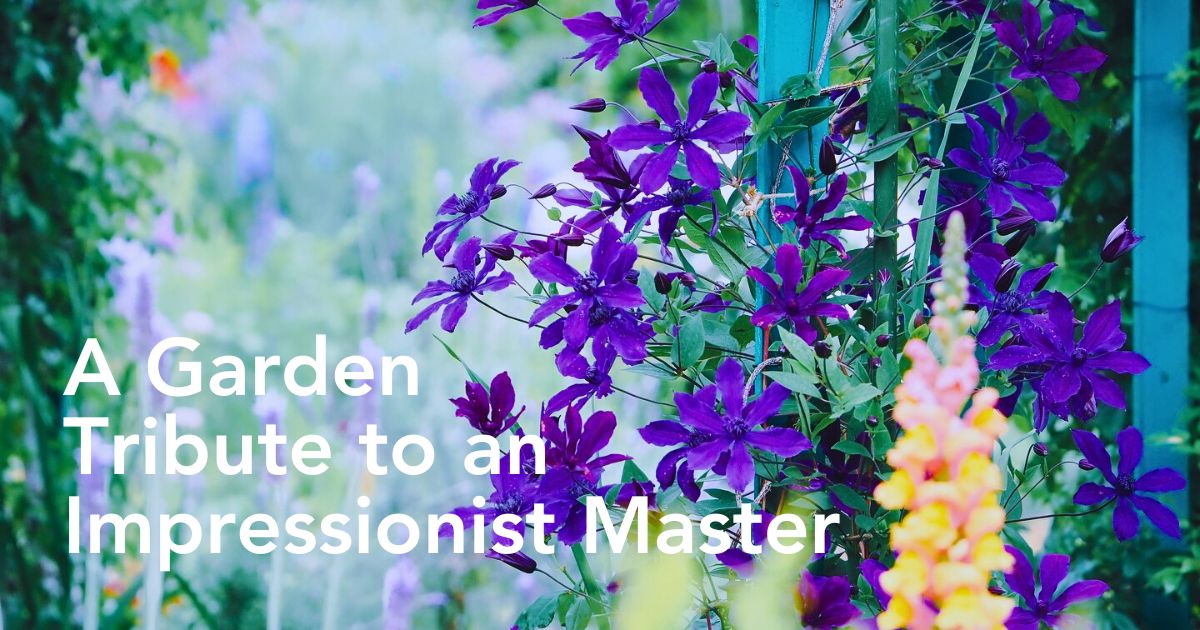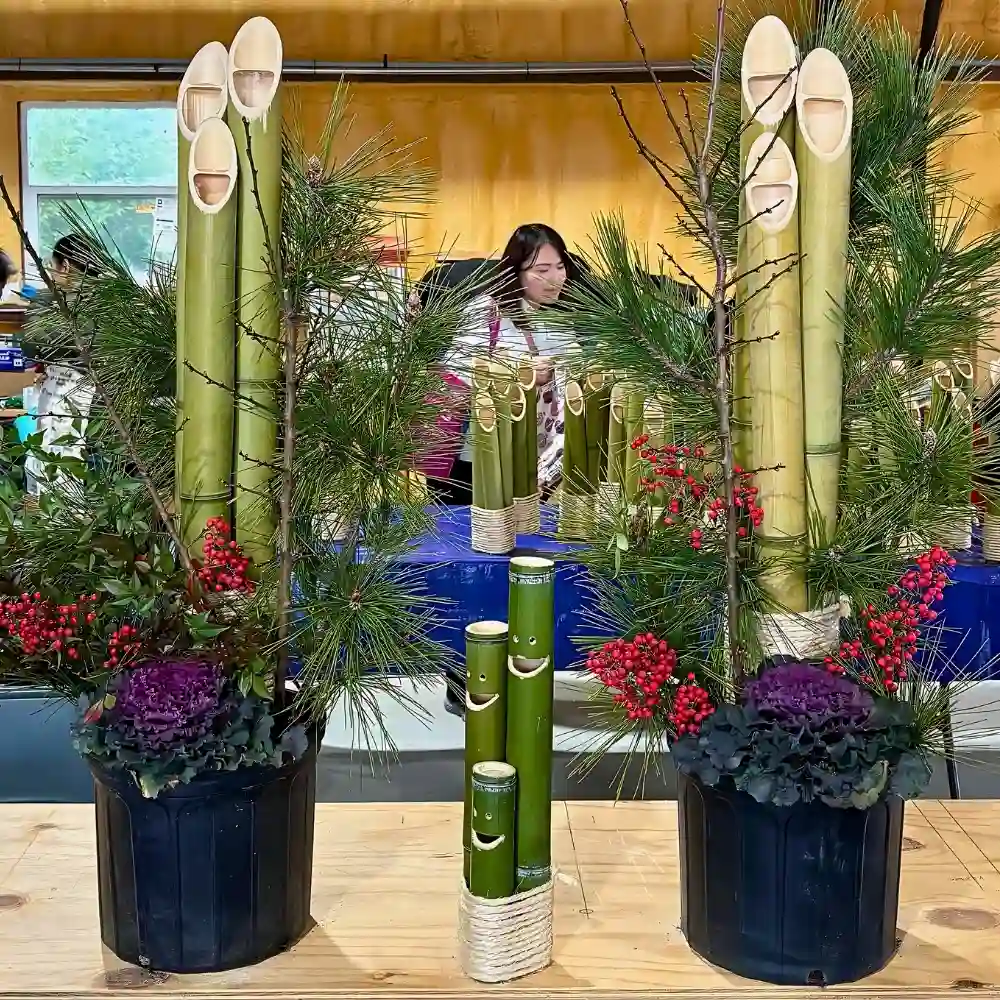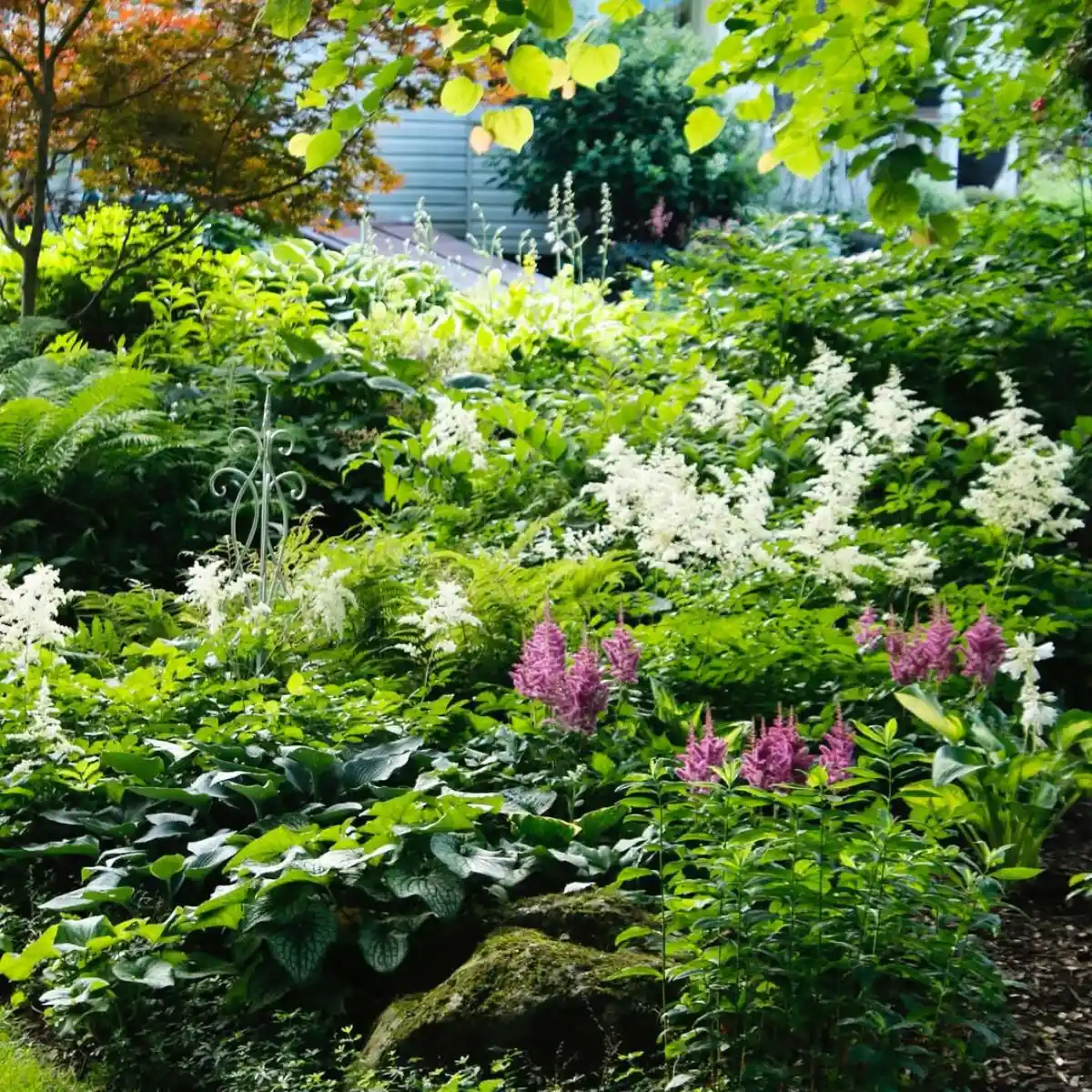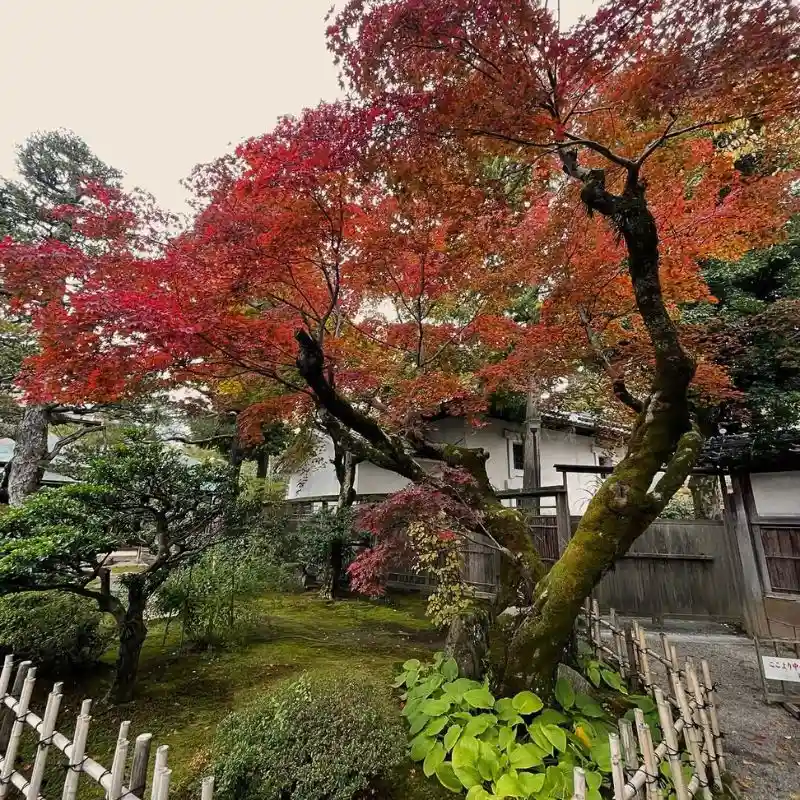Monet's Garden Marmottan (sometimes called Jardin de Monet Marmottan au Village de Kitagawa or Kitagawamura Monenoniwa Marmottan) in the lush hills of Kitagawa Village in Japan's Aki District of Kochi Prefecture, is a perfect tribute to the Impressionist master Claude Monet. This delightful replica of his Giverny garden is the only one outside France carrying the painter’s name.
Here, rich flowers waltz around serene ponds, in a blending of French artistry and Japanese serenity. It is a place where time simply slows down and beckons you to unwind in the middle of nature; such is why gardens are, in fact, effective healers of the weary soul.
The Inspiration Behind Monet’s Garden in Kitagawa
The French painter, fascinated by the delicate strokes of Japanese ukiyo-e prints, spent his life creating gardens that merge art and nature. That's Monet for you, the Impressionist watercolorist whose Giverny home became his ultimate muse. Fast-forward to the late 20th century, and a small village on Japan's Shikoku Island honors that heritage. With its misty mountains, Kitagawa Village seemed quite like the perfect place. After years of planning and partnership with the Claude Monet Foundation, Monet's Garden Marmottan blossomed into existence in 1999.
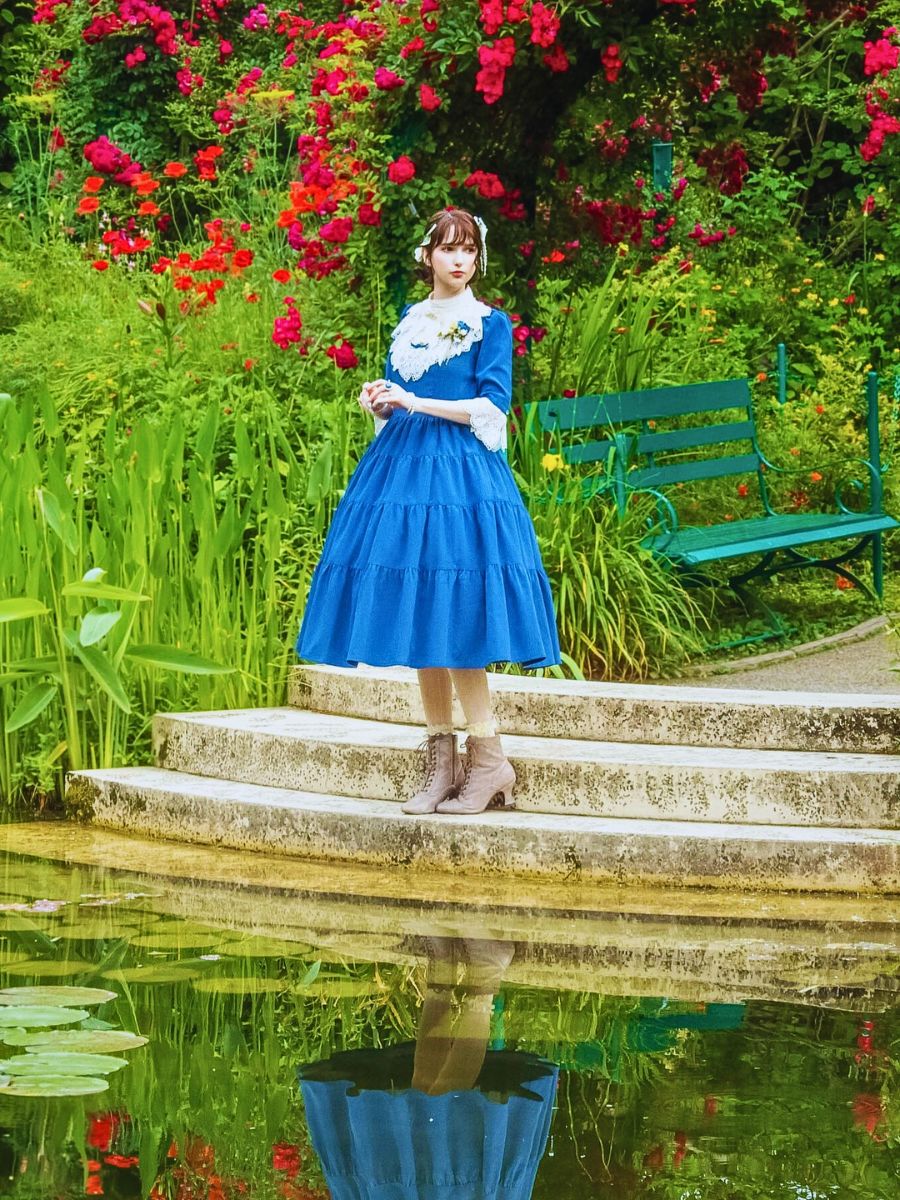
So, what makes this spot so special? It is not just a copy, rather a heartfelt recreation bathed with local flair. While Monet hardly ever visited Japan, his gardens were deeply influenced by the country’s aesthetics, like the arched bridges and water features he adored in woodblock prints. The builders of Monet's Garden Marmottan ensured authenticity, from soil composition to plant varieties, making it the world's only ‘official’ Monet Garden in a foreign country. Spanning about 30,000 square meters, villagers, facing rural depopulation, saw it as a way to revive their community, turning this quiet corner of Kochi into a cultural hotspot that draws thousands and tells tales of Monet's love for light, color, and the simple joy of planting.
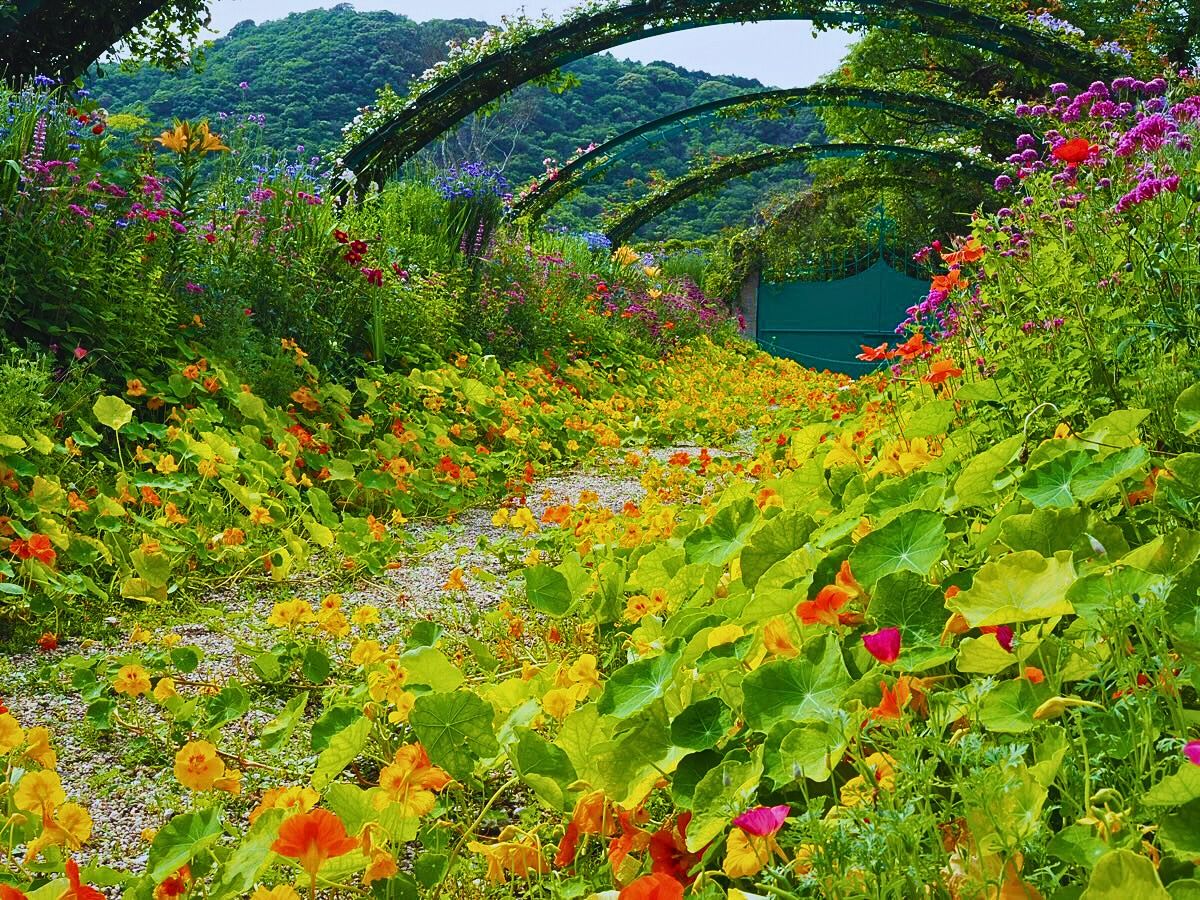
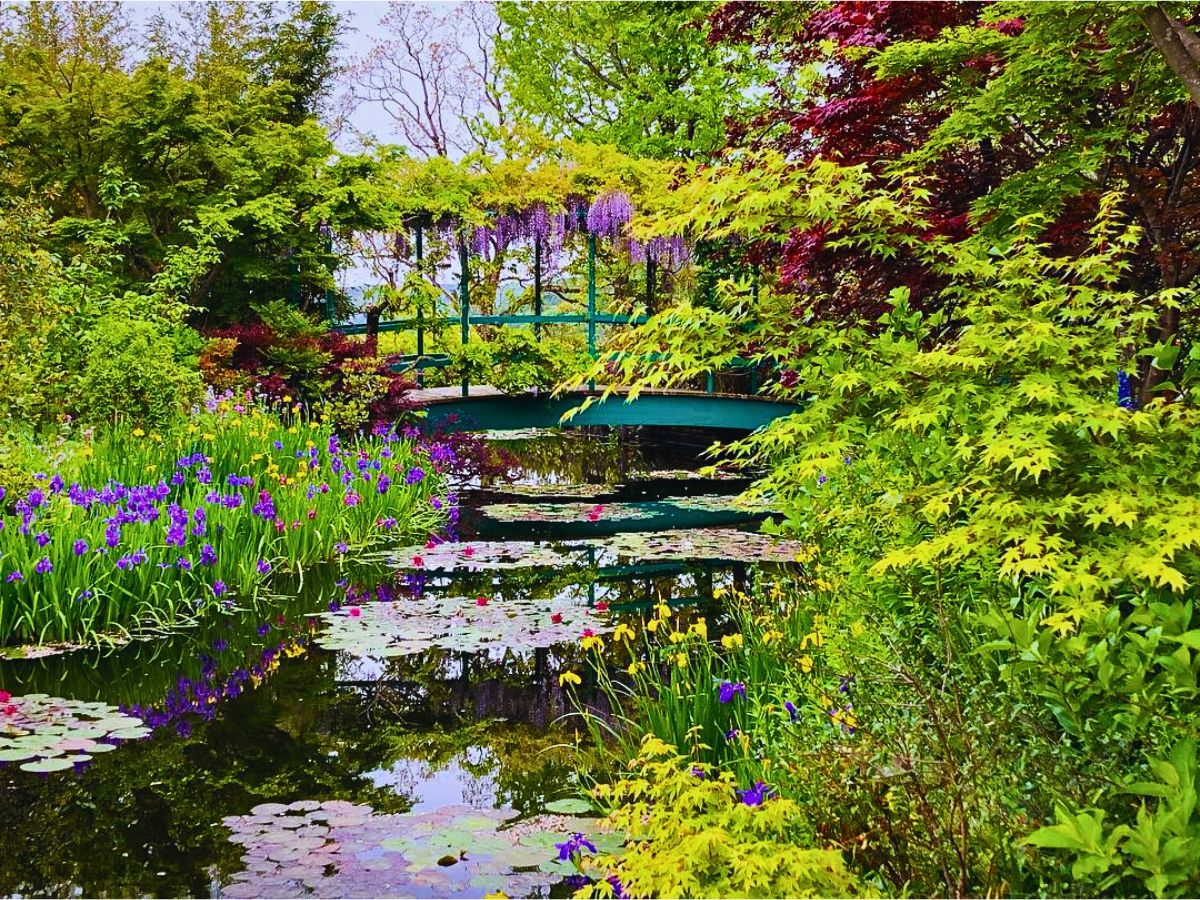
Exploring the Three Enchanting Gardens
Taking a leisurely stroll through the heart of it all, the three distinct gardens that make up this floral idyll each tell a different chapter of Monet's life and inspirations, woven together with some 100,000 or more plants that change with the seasons. First up is the Flower Garden, or Hana no Niwa. Quite a riot of colors it is. It brings together a large selection of attractive and colorful flowers. The ambience of the flower garden changes throughout the seasons as do the flowers, capturing a new atmosphere all year round. These flowers are arranged at varying heights and are color-coordinated with the shifting of the four seasons.
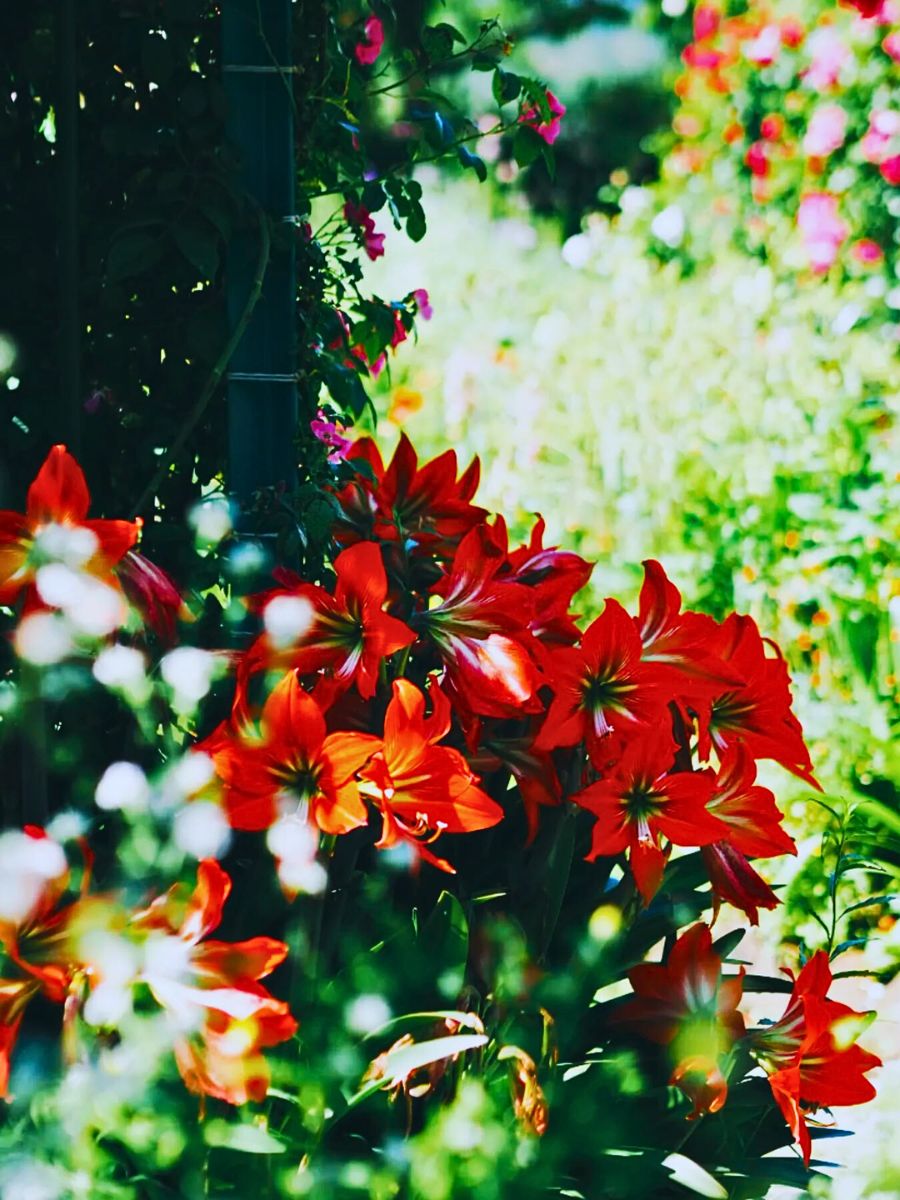
Then there is the Water Garden, Mizu no Niwa, the star of the show. Inspired by Monet's obsession with Japanese gardens, it centers on a shimmering pond dotted with water lilies—those iconic nymphéas he painted obsessively. A curved taiko bridge, draped in wisteria vines, arches gracefully over the water, reflecting in ripples that play with light. This is identical to the taiko bridge over a pond in a Japanese garden that Monet built in Giverny in 1883. Willows weep elegantly along the banks, and bamboo groves rustle softly, adding a zen-like calm.
From July to October, something enchanting happens: blue water lilies bloom here, a variety Monet longed to see but never quite did in his lifetime. On the bridge at dusk, the scene glows ethereal, as if one has walked into a reverie. Replicas of his masterpieces dot the paths, letting one compare the real thing to his brushstrokes.
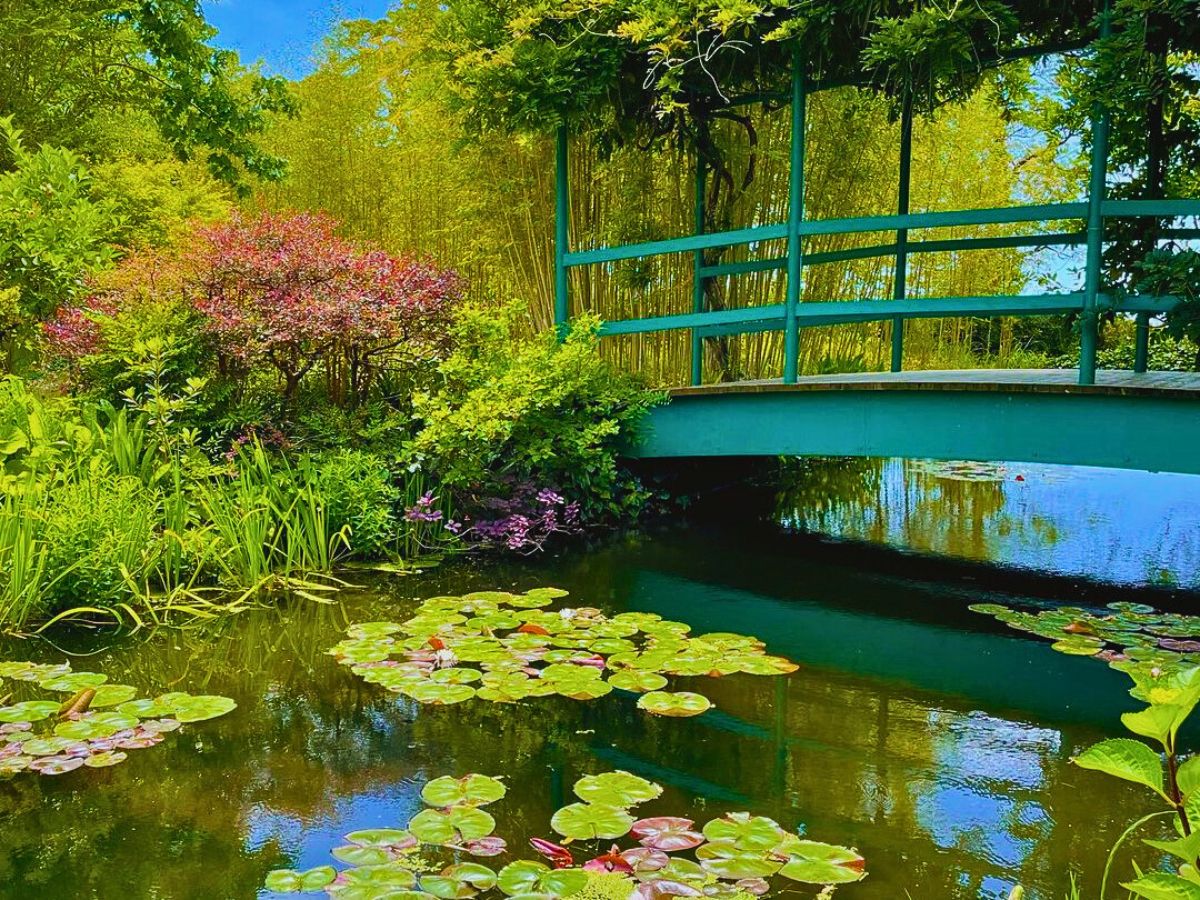
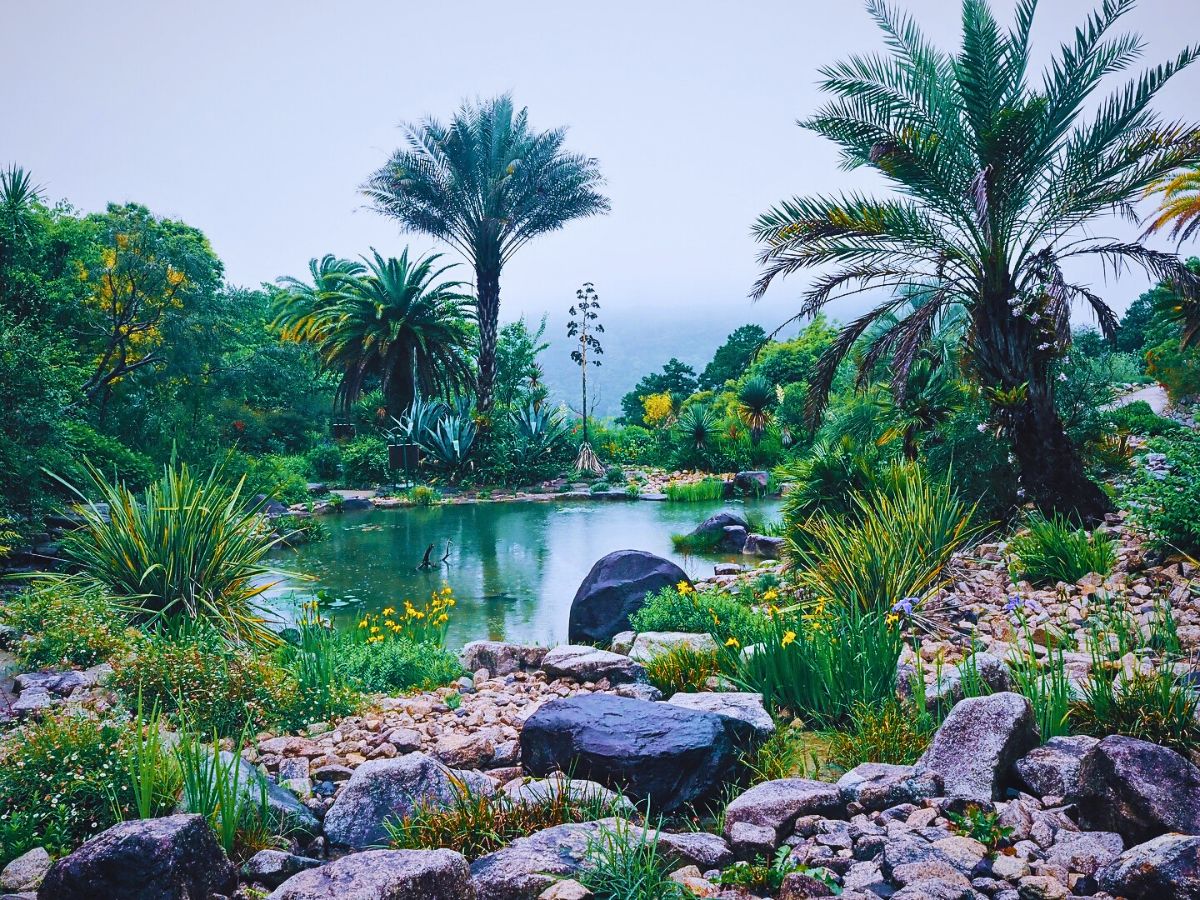
Finally, venturing into the Garden of Bordighera, it evokes the nostalgic memories of Monet's Mediterranean sojourns. In the winter of 1883, fellow Impressionist artist Pierre-Auguste Renoir invited him on a trip to the Mediterranean coast. The duo traveled south, and Monet fell for the sun-drenched landscapes.
Thus, in the Garden of Bordighera, palms sway alongside olive trees and exotic succulents, set against Kitagawa's rolling hills and the distant Pacific Ocean. It is warmer, wilder—think terracotta paths winding through lavender and citrus groves. The views are postcard-perfect, blending European charm with Japanese subtlety. A yuzu orchard nearby perfumes the air in May, its fruits glowing yellow by November, though it is off-limits for harvesting.
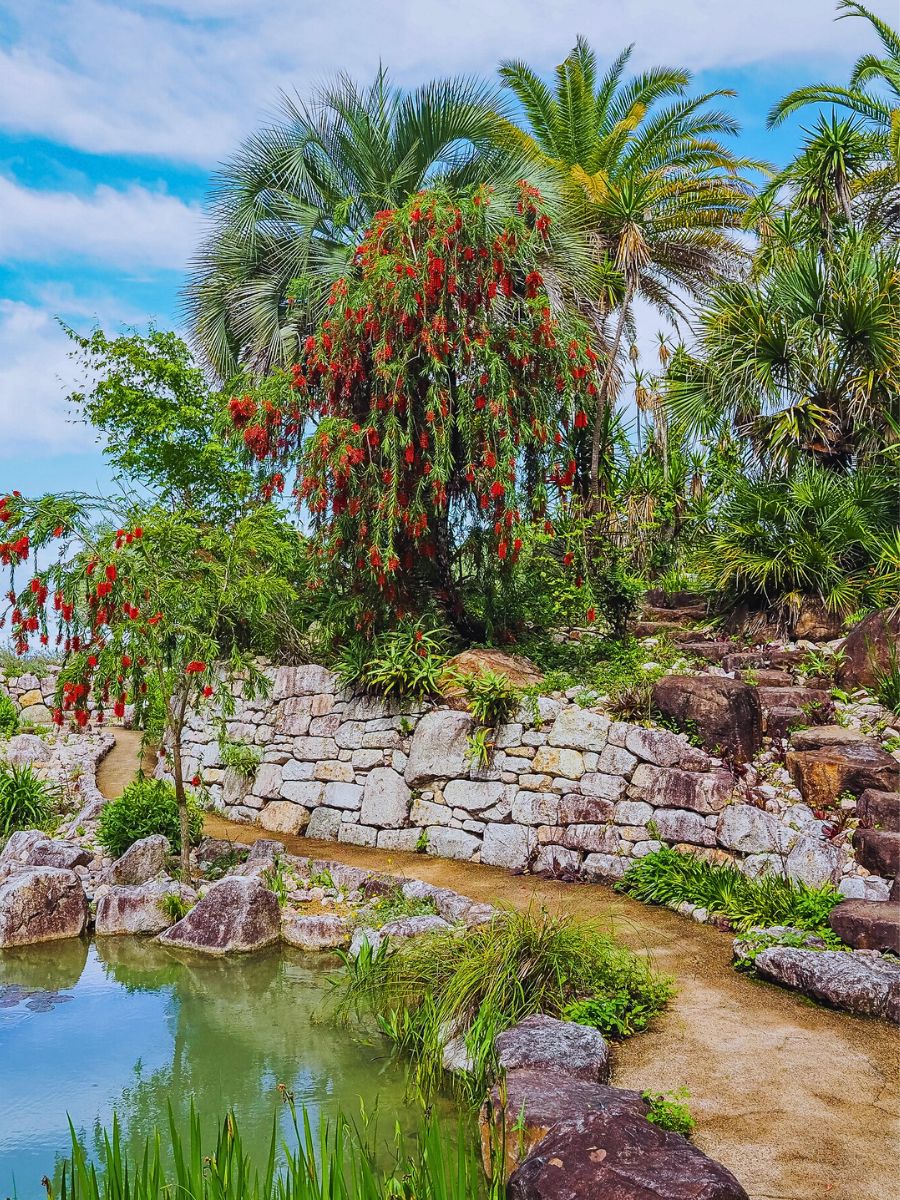
Throughout, little surprises await: a cozy café in ‘Monet's House’ serving local yuzu-infused treats with garden views, a bakery for fresh breads, and a gallery shop brimming with souvenirs. There is even a forest playground for kids and nature trails leading to ocean overlooks. It is not just a garden, but an immersive retreat, where every corner nudges one to linger longer.
The Therapeutic Touch of Gardens
So, why do places like this feel so good to people? It is simple. Gardens aren't just pretty—they are medicine for the soul, mind, and body. In the current frenzied world, stepping into a green escape like Monet's Garden is like hitting the reset button. The soft rustle of leaves, the hum of bees, the chirps of the birds, the earthy scent after rain—it all works together to ease away stress.
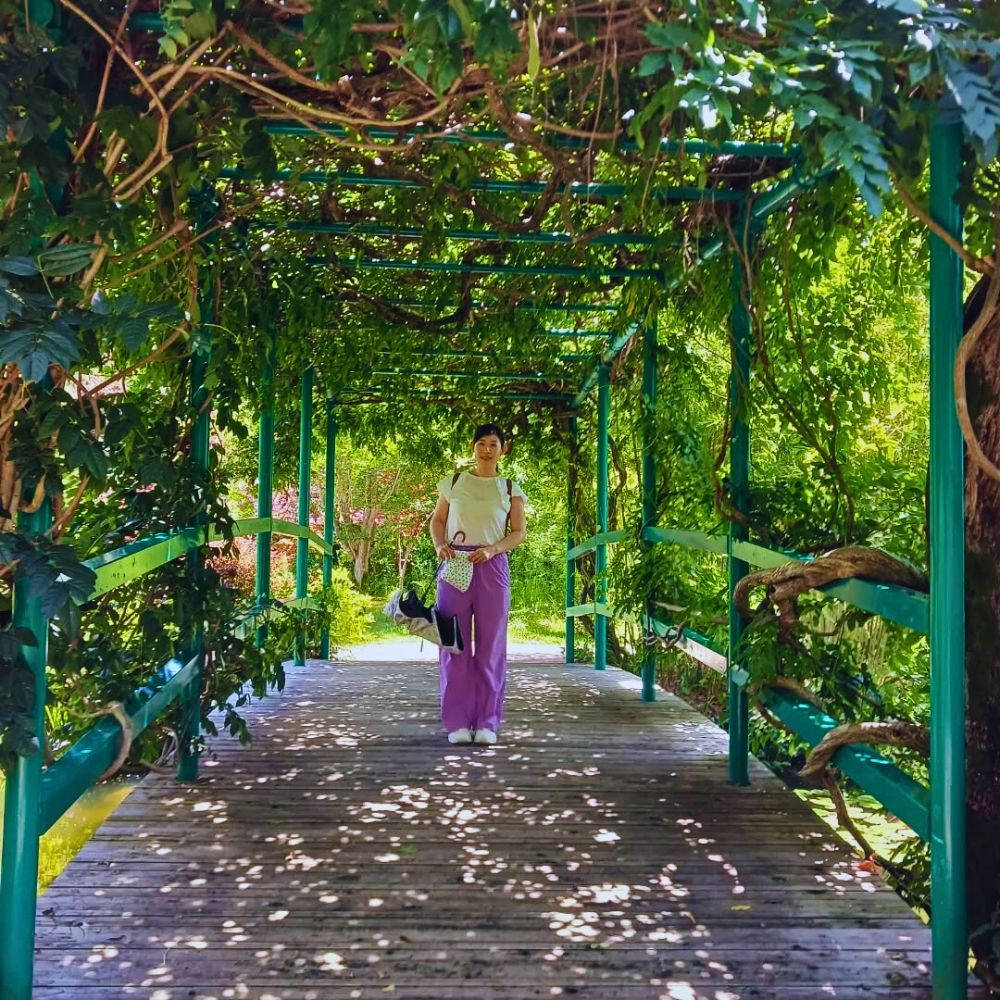
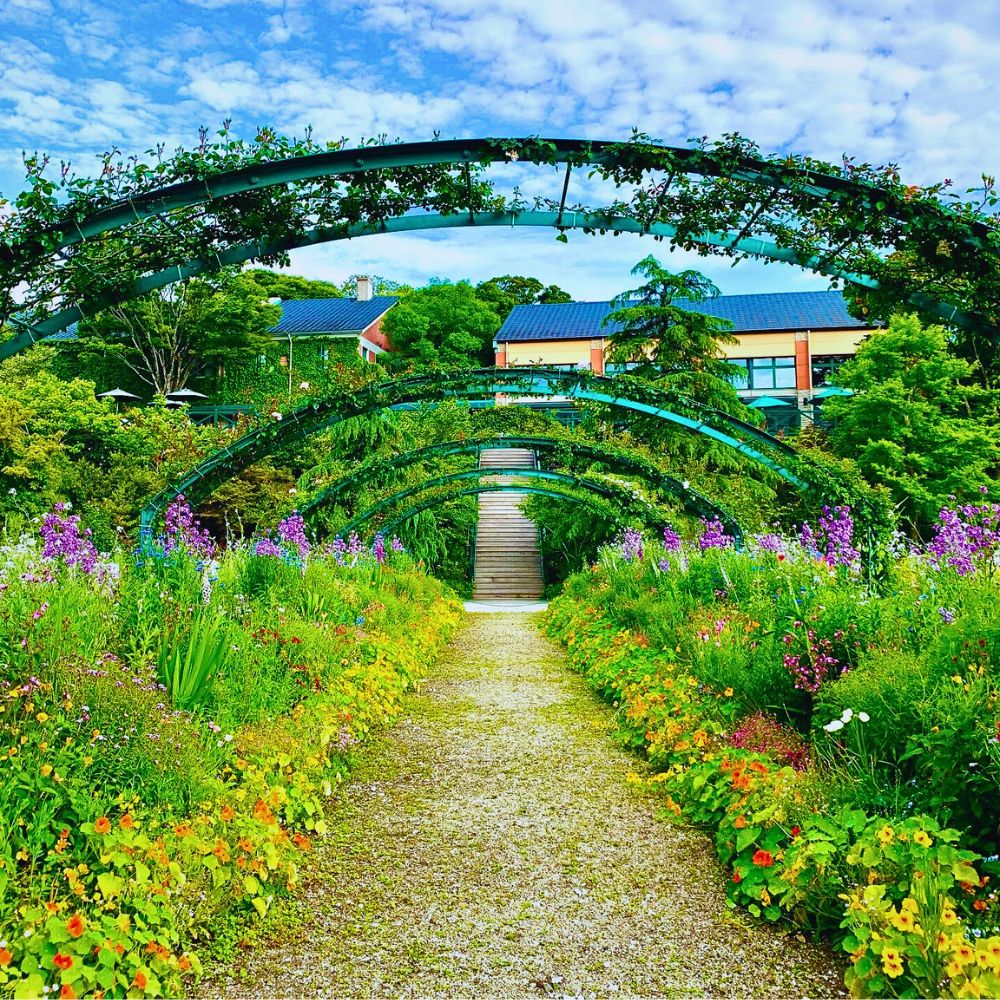
Horticultural therapy, as it is called, has roots in ancient practices but is backed by modern science. Studies show that gardening lowers cortisol levels, that sneaky stress hormone, leading to calmer moods and better sleep. It is no wonder hospitals and rehab centers use it; tending plants boosts cognitive skills, like memory and focus, especially for folks with dementia or post-traumatic stress disorder (PTSD). Physically, it is gentle exercise—digging, weeding, walking—that strengthens muscles, improves balance, and even lowers blood pressure. One study found gardeners have lower obesity rates and stronger immune systems, thanks to vitamin D from sunshine and beneficial soil microbes.

But the real deal is that sense of accomplishment. Planting a seed or seedling and watching it grow reflects resilience. It builds self-esteem and purpose. Gardens encourage mindfulness—being present in the moment, away from glowing screens. They build community, too; sharing tips with fellow visitors or joining workshops creates bonds that put off loneliness. In Monet's Garden, this therapy comes naturally. Wandering the paths, one feels connected to something bigger, the cycles of nature easing anxiety and creating satisfaction.
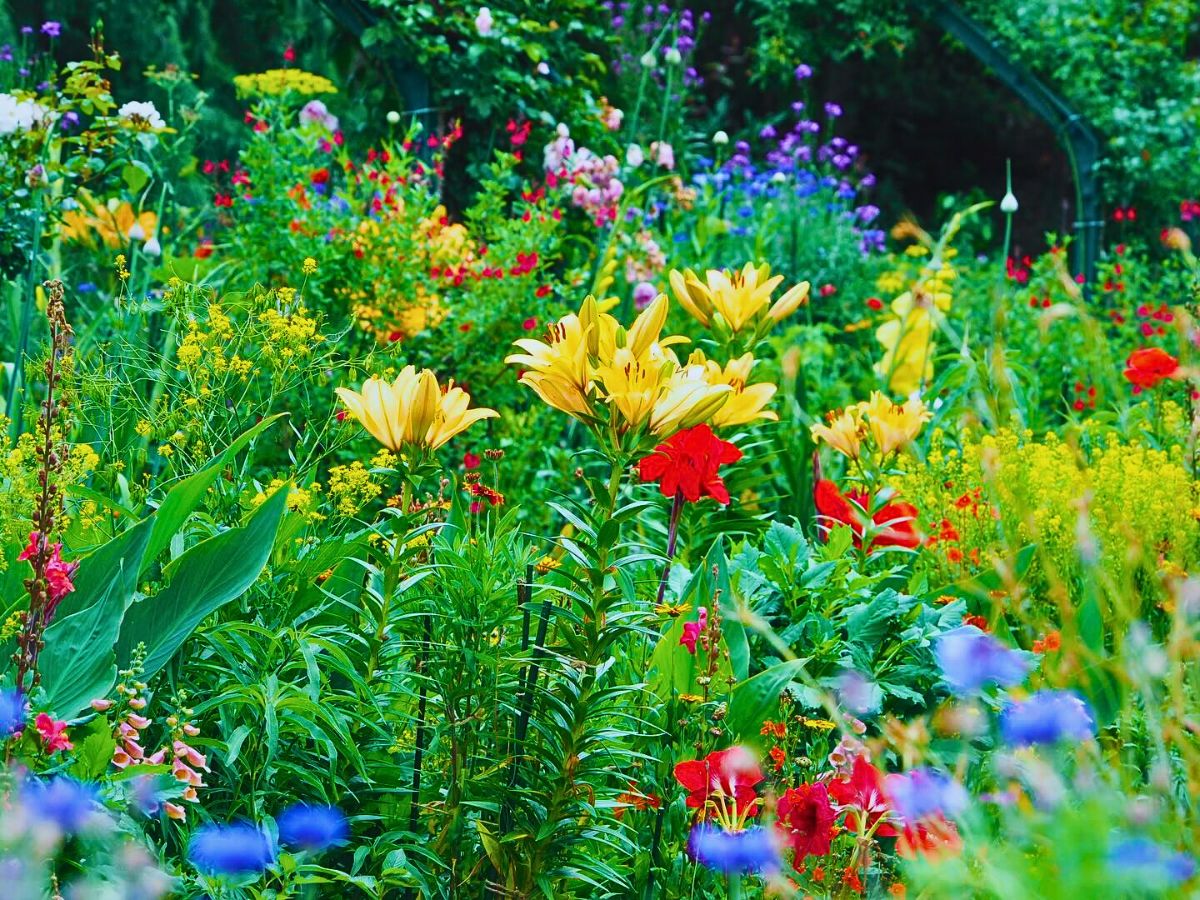
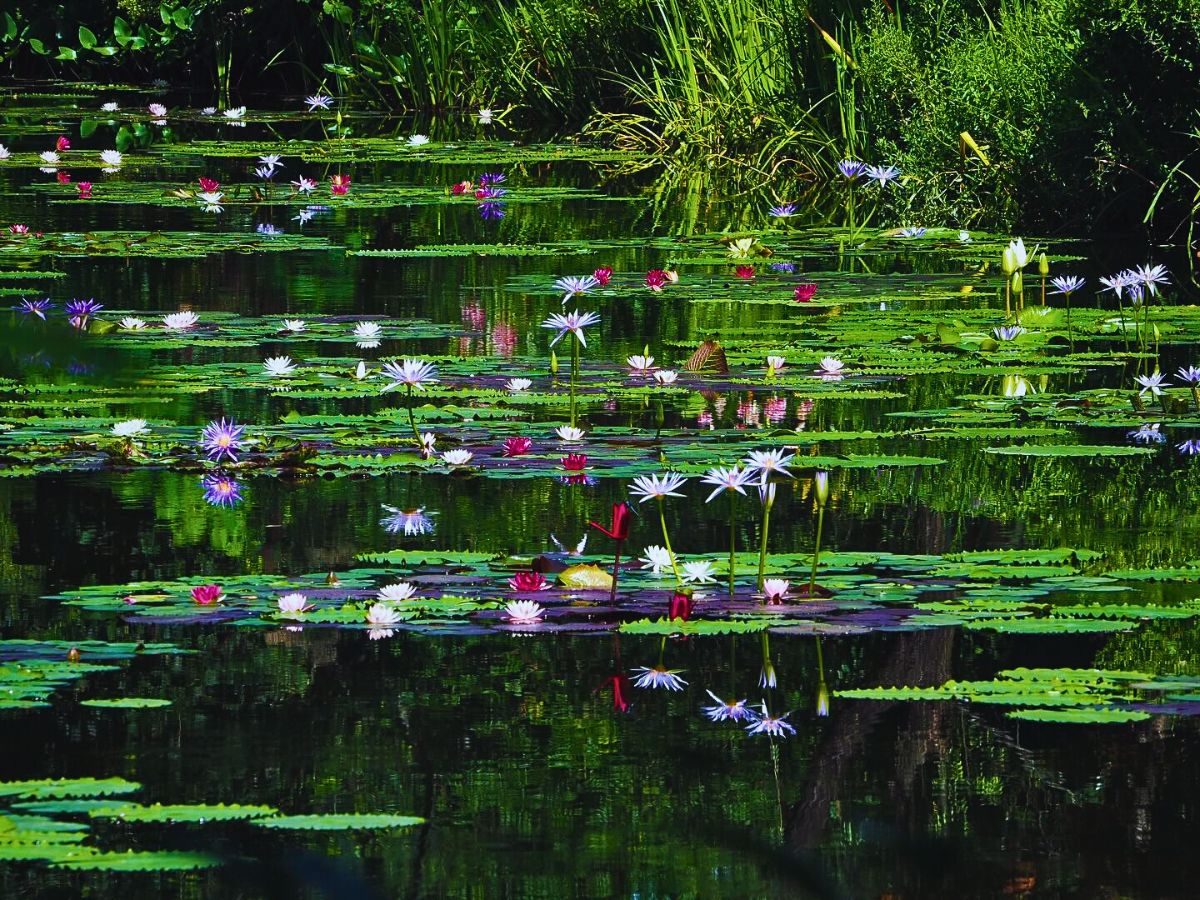
Insights From Science on Why Gardens Heal
Diving deeper, one realizes that gardens tap into humans’ biophilia—the innate love for nature. Evolutionary psychologists say humans are wired to thrive in green spaces, where their ancestors found food and safety. Today, forest bathing in Japan (shinrin-yoku) echoes this, with research showing it reduces depression and boosts happiness. Horticulture therapy programs report participants feeling more optimistic, with improved social skills and emotional regulation.
Take Monet himself: battling eye issues and loss, he found relief in his Giverny plots, painting through grief. Visitors to Kitagawa share similar tales—stressed folks finding peace by the pond, or a family bonding over flower spotting. Gardens also remind one of the acceptance of impermanence. Flowers fade, die, but return.
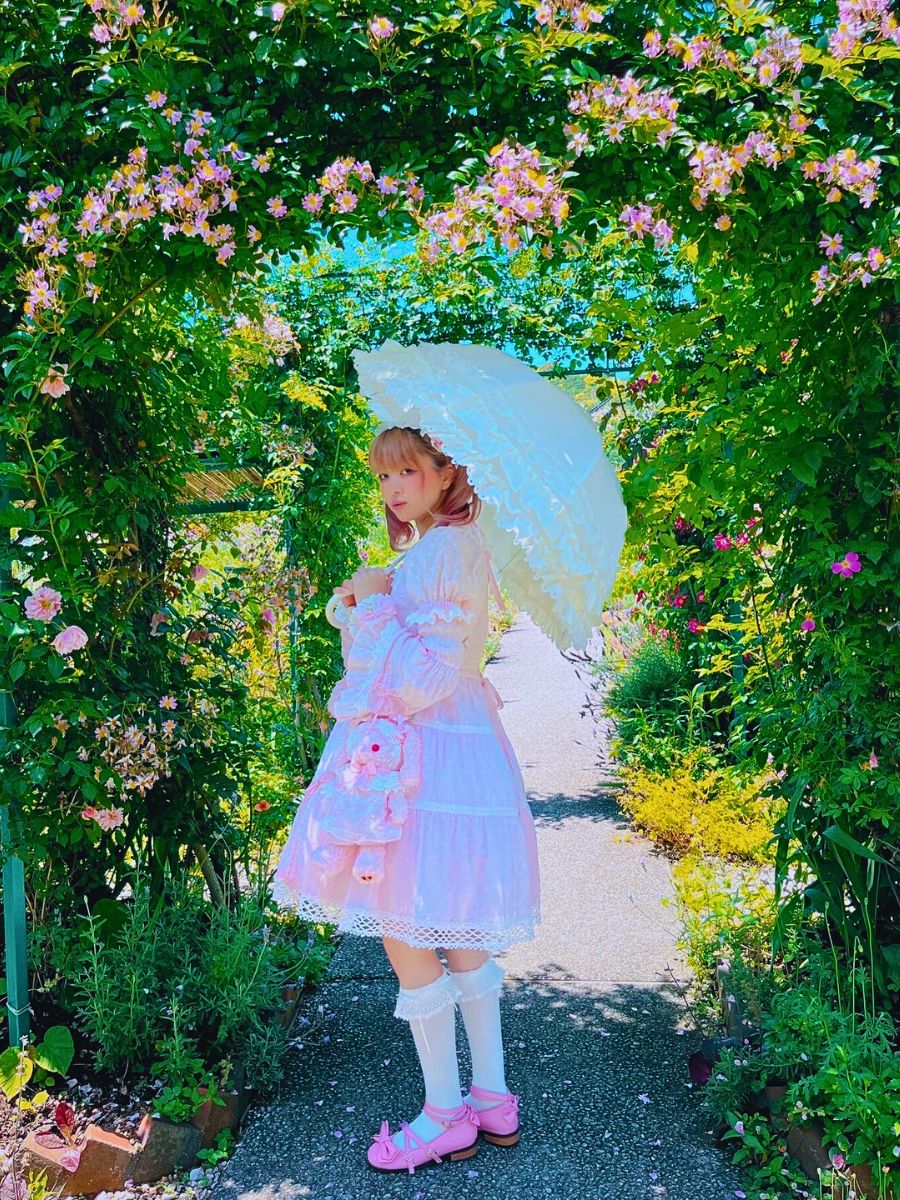
For physical perks, the activity burns calories subtly, helping in weight management and heart health. Even viewing gardens lowers heart rates, per studies on green therapy. Gardens are, after all, healers. They nurture body, mind, and spirit in ways pills hardly match.
Feature image by @rarirari_ra. Header image by @garden_of_monet.

